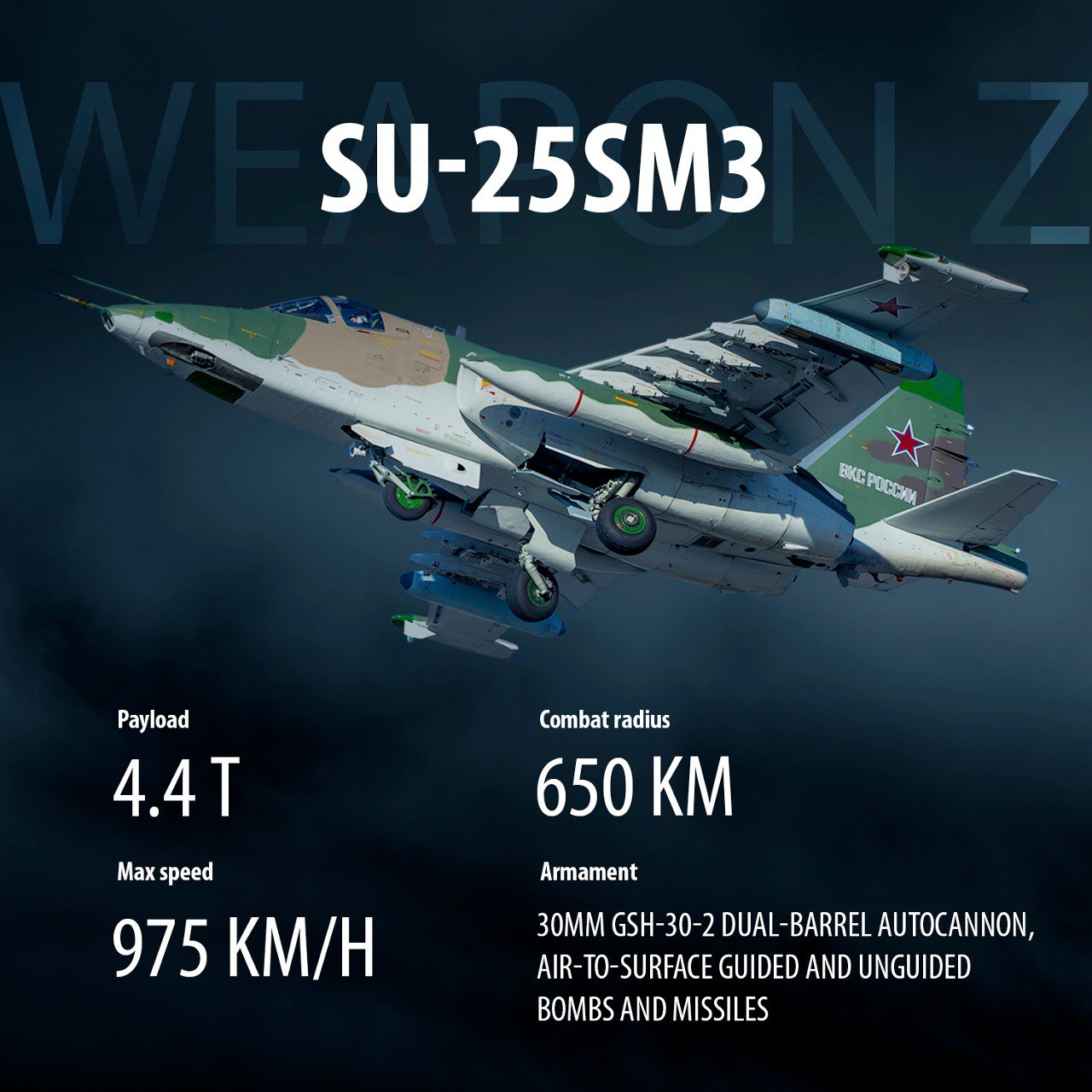A few weeks after Russia announced developing infrastructure to base tactical nuclear weapons (TNW) in Belarus, both countries have revealed that the latter’s pilots of the Sukhoi Su-25 ground attack aircraft have concluded their training under Russian instructors to operate such bombs.
This follows the test of an intercontinental ballistic missile (ICBM) from Kazakhstan’s Kapustin Yar test range in the Astrakhan region on April 12, marking another round of low-level nuclear brinkmanship between Russia and the United States (US).
The development also comes amidst the US conducting the Global Thunder 2023 “nuclear readiness” exercises at the Minot Air Force Base. The annual exercise, held by the US Strategic Command, too has been announced to be an “effective, deterrent force.”
Russia-Belarus vs US-Europe
Russia has a union agreement with Belarus that nearly aligns political, economic, and military policies. Russian troops used Belarusian territory to roll into Ukraine from the north in February 2022 and have maintained a presence in Belarus.
Basing Russian tactical nuclear weapons (TNW) in Belarus puts them closer to potential targets in Ukraine and NATO members in Eastern and Central Europe, according to an Associated Press report of the development. Belarus shares a 1,250-kilometer (778-mile) border with NATO members Latvia, Lithuania, and Poland.
There has been no alarming reaction from the West, like about the TNW issue. So far, the actions look like deterrent measures meant to signal Europe not to escalate the war in a way that threatens Russia’s core territorial sovereignty.
At a broader level, it can also be seen as a reaction to Finland joining NATO, which despite posing no direct threat to Russia, is still perceived as a continuation of the decade-long attempts to strategically corner it by Moscow.

Small Weapons, Big Message
According to a statement by the Russian Ministry of Defense (MoD), the Aerospace Forces Training Centre conducted additional training for the “flight and engineering staff of the Air Force and Air Defence Forces of the Republic of Belarus in operation and combat use of the Su-25 ground-attack aircraft.”
It, however, did not mention the TNWs directly. “The training included both a theoretical course and practical exercises under the supervision of experienced Russian instructors, which made it possible not only to improve the practical skills of flight personnel but also to master new ways of using modern aviation weapons, including special munitions,” the statement read.
“Special munitions” means nuclear weapons of the low-yield kind. The term seems to have been deliberately used to not appear to provoke and alarm the North Atlantic Treaty Organization (NATO), yet signal a credible nuclear deterrent.
Adding that the training program has been “fully mastered by Belarusian servicemen,” it said the new “expertise and skills will be used to ensure military security of the union state.” This aligns with Putin’s earlier statements about employing nuclear weapons, where he specified that they would be used only if Russia faces a physical, “existential” threat.
A Tweet by the Belarusian MoD too confirmed the training but did not mention or hint at the TNWs, while posting a video of a pilot talking about the exercises with the Russian instructors.
The tweet called it “additional training of the flight and engineering staff of the air force and air defense forces of the Republic of Belarus.” “(The training) has been completed under the program for the operation and combat use of Su-25 attack aircraft,” it added.
Завершена доподготовка летного и инженерно-технического состава военно-воздушных сил и войск противовоздушной обороны Республики Беларусь по программе эксплуатации и боевого применения штурмовиков Су-25. pic.twitter.com/0cZy8QnUut
— Минобороны Беларуси (@MOD_BY) April 14, 2023
Russia Following Up on Nuclear Announcements
Putin, in late March, had said that construction of storage facilities for TNWs in Belarus would be completed by July 1. In August last year, Belarusian President Alexander Lukashenko said Russia helped modernize Belarusian warplanes to adapt them to carrying nuclear weapons and provided the country with Iskander short-range missiles that could be fitted with a nuclear warhead.
Putin had, however, clarified that Russia would control any nuclear weapons deployed to Belarus in terms of command and control and the political decision-making chain. This is similar to how the US controls its tactical nuclear weapons on NATO nations’ territories.
ICBM Test
On April 11, 2023, Russia’s Strategic Missile Forces successfully launched an intercontinental ballistic missile from the Kapustin Yar test range in the Astrakhan region of Kazakhstan.
The launch aimed to test “promising combat equipment for intercontinental ballistic missiles. The launch proved the efficiency of the design and technical solutions used in the new strategic missile systems.”
The missile warhead engaged a target at the Sary Shagan firing range in Kazakhstan, and the objectives of the launch were fully reached.
- The author can be reached at satamp@gmail.com
- Follow EurAsian Times on Google News